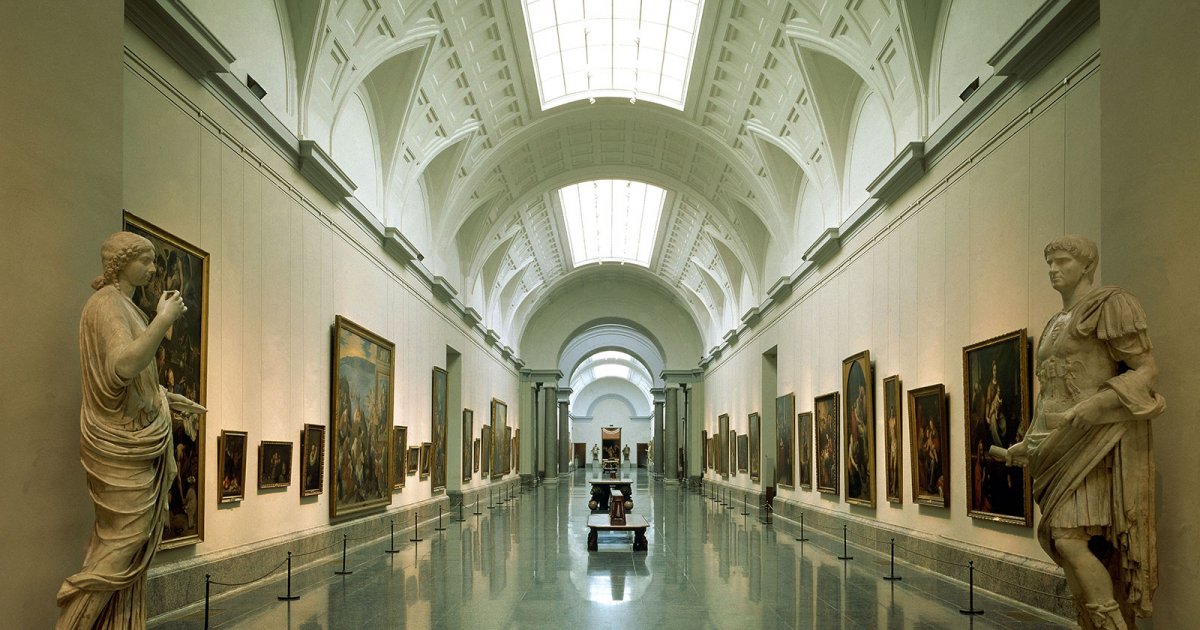PRADO, Ground Floor
 Language: English / USA
Language: English / USA
On the ground floor, which is called level 0 on the maps, find the halls with the museum's oldest works, which include the magnificent section dedicated to German and Flemish painting and Italian early Renaissance paintings, with masters such as Beato Angelico, Mantegna, and Raphael.
The bond between Spain and the Flemish region of France and Belgium is much tighter than geography would lead you to think. Emperor Charles V was born in Ghent in 1500, and the rich territories of the Netherlands were part of the Habsburg's empire. In addition, the greatest Flemish painter of the 1400s, Jan Van Eyck, had taken a trip to Spain and had influenced the style of local painters, as you can see for yourself in the halls of this part of the museum.
Among the greatest masterpieces of Flemish painting here, I'd like to point out the great Deposition from the Cross, painted around 1440 by Rogier van der Weyden, which is impressive for the monumental size of its figures and the glittering richness of its colors. You might notice that unlike the usual Deposition scenes, this one is set in a fairly small area (even if on grass), which makes it more intimate and dramatic. Also note how effective the contrast between the blue robe of the Madonna is, who slips to the ground unconscious, and the elaborate habit of Joseph of Arimathea on the right with gold motif designs.
In the German section, you definitely can't miss the works of Albrecht Dürer, the greatest painter of the German Renaissance. I especially recommend the Self-portrait with Gloves that Dürer painted when he was only twenty-seven, when he was quite aware of his magnetizing beauty which was accentuated by his long, wavy hair and growing social success, highlighted by the refined clothing.
After the information desk on the ground floor, you'll find the first part of the Spanish painting collections, which is a less interesting section except for the last two rooms dedicated to Goya, which I'll tell you about later.
FUN FACT: Albrecht Dürer was a generous man who often gave his works away. Or he would accept items with very little value for payment, such as a turtle shell, a shark's fin, cedar syrup, and even a jar of capers!



